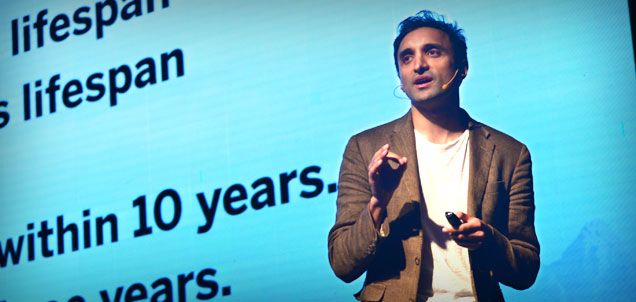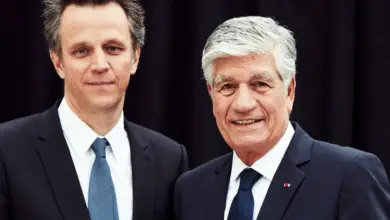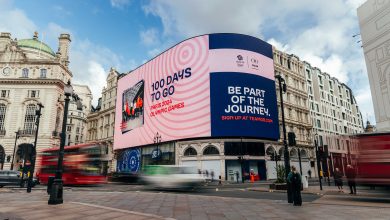So is WPP’s decision to merge Grey, one of its big creative agencies bought for $1.52bn back in 2004, a big deal? Or, as Ad Age put it in one of its inimitable headlines, just a case of: “WPP retires legacy Grey brand, merging it with AKQA.”
Here’s what the principals say:


AKQA Group CEO Ajaz Ahmed (above): “Our goal is to expand horizons, combining the curiosity, ambition, imagination and pioneering spirit of a startup with the reach of a global enterprise. This is an unparalleled opportunity for AKQA and Grey to bring our shared assets to life into a modern, creatively-led company, building upon our inspiring and useful work to create value for our clients, people and communities.”
New president and COO Michael Houston (formerly boss of Grey) :“This exciting new partnership begins with what consumers expect, clients value, and brands need. Forming a new company that can deliver culture-driving ideas through technology at speed and scale is a potent proposition for our clients, large and small, and will allow us to offer the most powerful creative solutions in the industry.”
WPP CEO Mark Read: “Our clients want outstanding creativity, powered by technology expertise and delivered at a global scale. This new company is designed precisely to meet those needs and is another important step forward in building our future-facing offer for clients.”
At WPP we already have Wunderman Thompson and VMLY&R, interesting that poor old Grey doesn’t seven get a mention in the name (unless you count the Gr in AKQA Group.) AKQA Grey would have sounded OK but maybe Ahmed, who co-founded AKQA before selling it to Sir Martin Sorrell’s WPP for £348m, put his foot down.
Grey was a longstanding pillar of Madison Avenue, founded in 1917 by Lawrence Valenstein and Arthur Fatt (briefly revived by Grey London a couple of years ago) who, seemingly, named the agency after the colour of their wallpaper to slip under the radar of an anti-semitic US business culture.
Madison Avenue’s economics have been undermined by the switch from commission to fees and subsequent failure to charge properly for scope of work, as Michael Farmer explored in Madison Avenue Manslaughter. Paying the holding company owner around 30% of income hardly helps either.
For all this, though, WPP’s Read and others are insistent that creativity is what matters, or maybe what marks them out from other consultants in the digital business transformation game. But, now that ad holding companies are looking more and more like consultancies with some creative agencies attached, can they really compete for top talent against others in the media jungle?
AKQA Group’s fortunes will go a long way to resolving that conundrum.










Stephen,
I don’t think that the executives you quoted did a very good job of explaining what this is all about.
Mark Read reasons that it’s easier to put together a digital / social agency with a creative agency — AKQA with Grey — than to make AKQA more creative (in a traditional sense) or Grey more digital / social than it already is.
Putting the two agencies together, which is no small feat, is designed to make it easier for AKQA Group to develop and hang on to clients who have an integrated need.
Additionally, there are sure to be some major personnel and overhead costs to be saved.
WPP’s decision is a simple, practical and economic one. It’s a pity that it’s so hard for agency executives to articulate simple strategic formulations.
Instead, we hear that this is to “expand horizons, combining the curiosity, ambition, imagination and pioneering spirit of a startup with the reach of a global enterprise.”
Which clients would be prepared to pay a price premium for this kind of mission statement?
Beats me!
Michael Farmer
Author: Madison Avenue Manslaughter (3rd Edition)
Me too Michael.